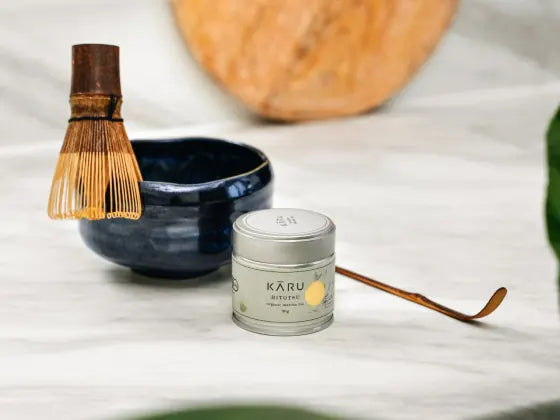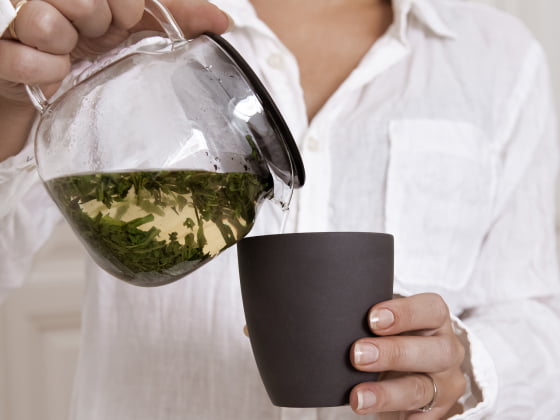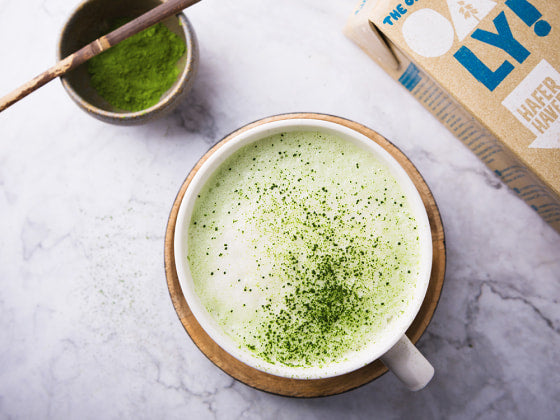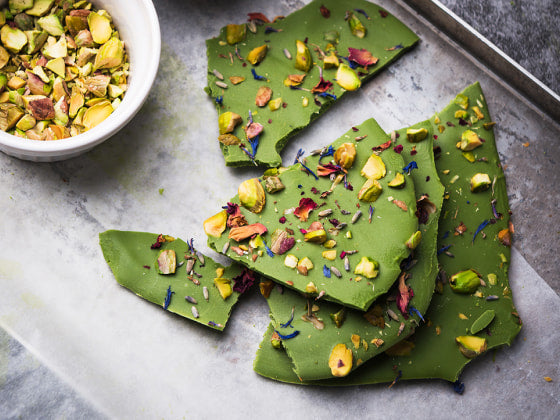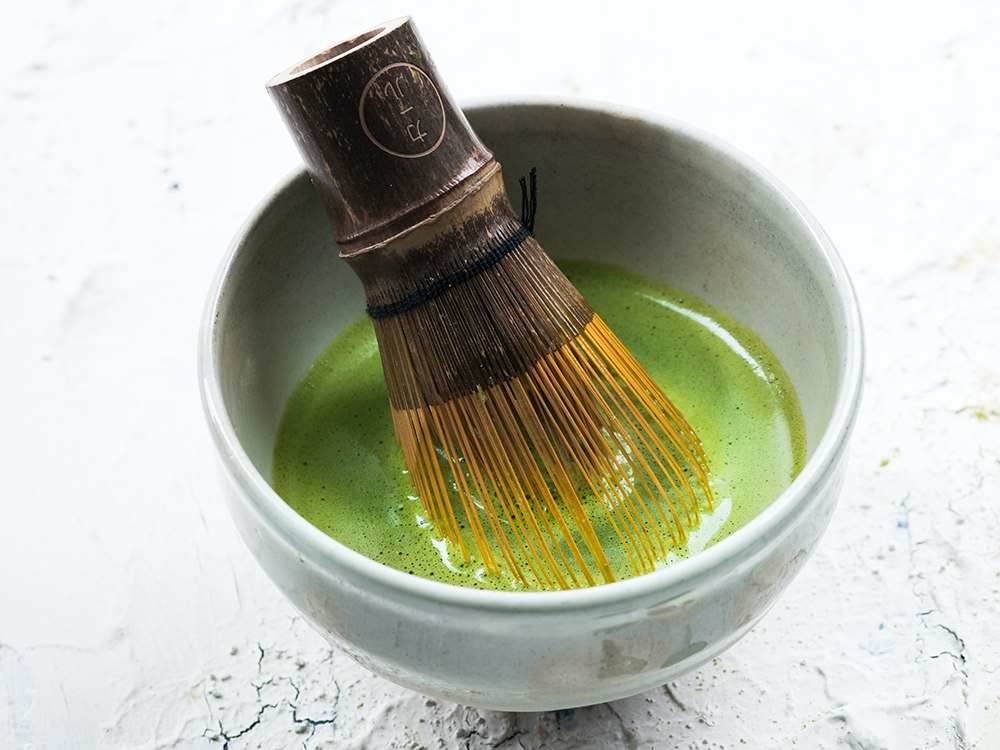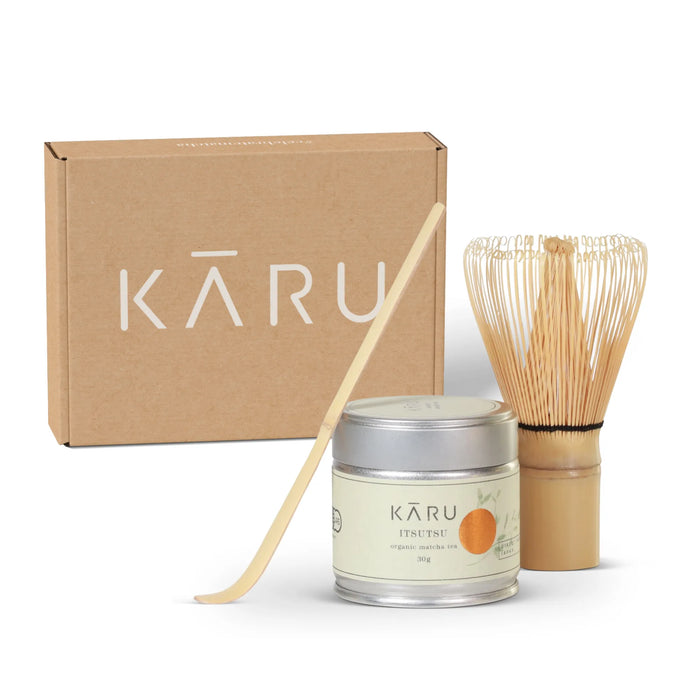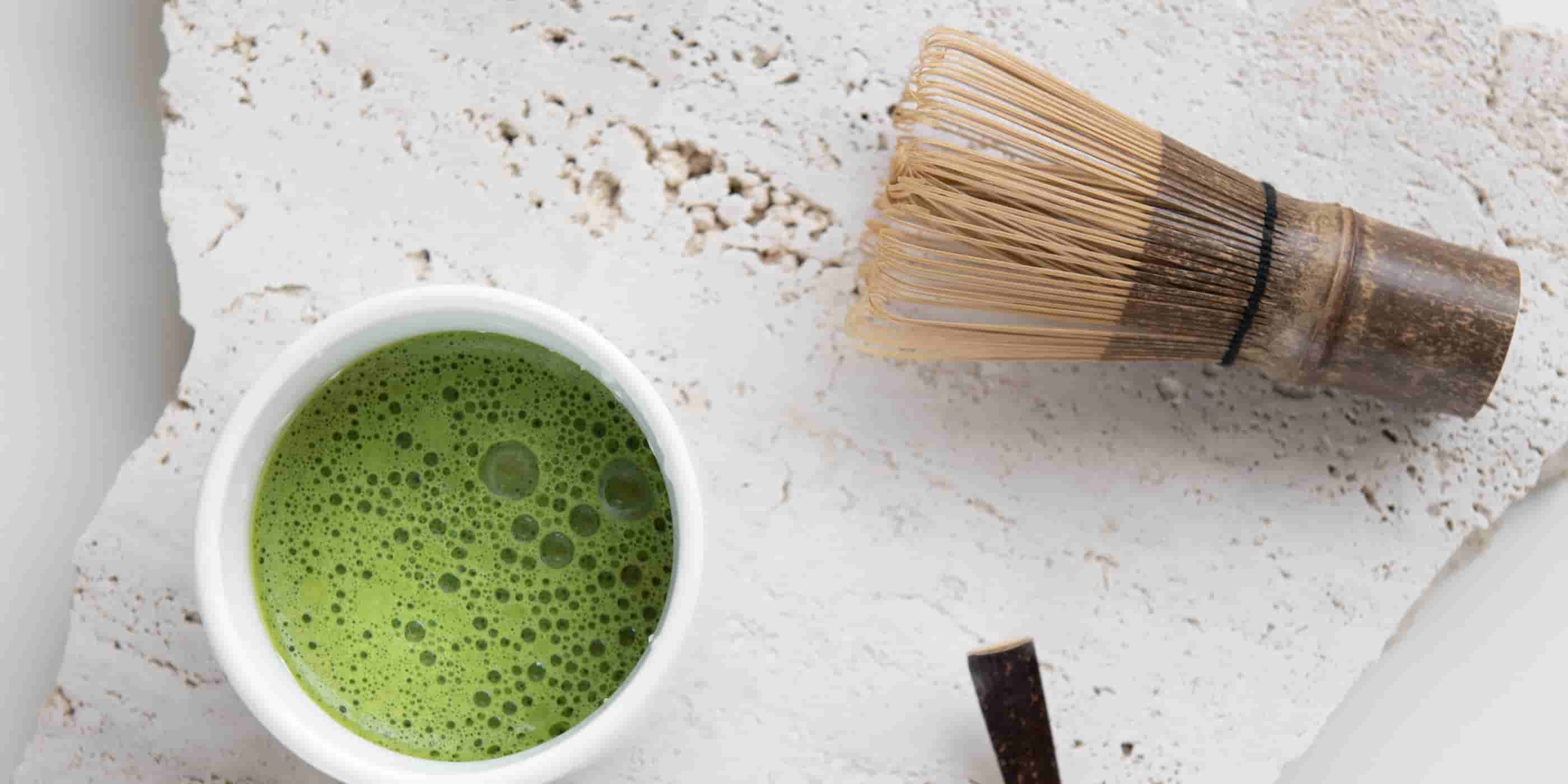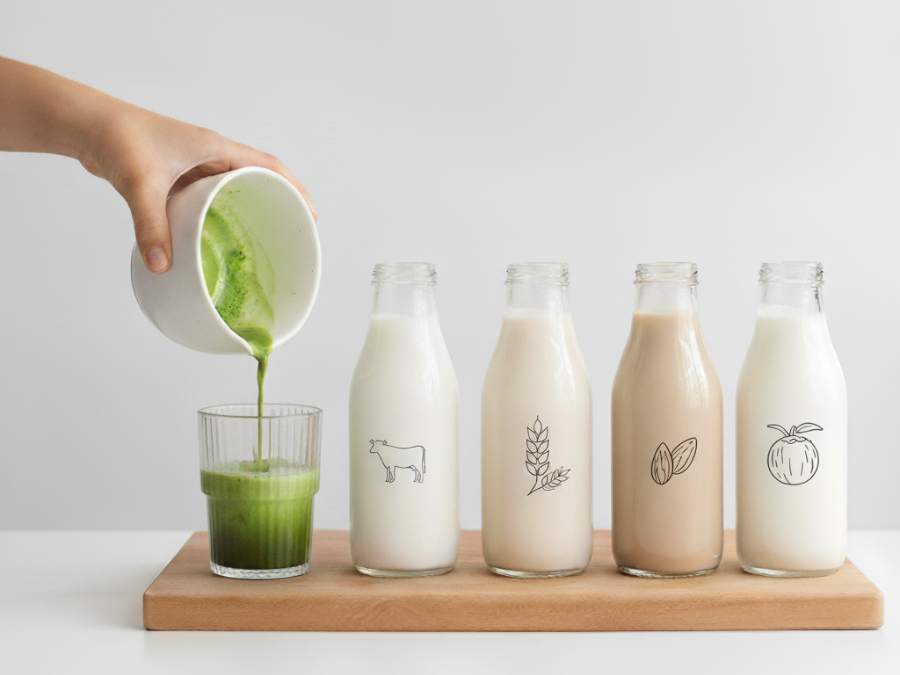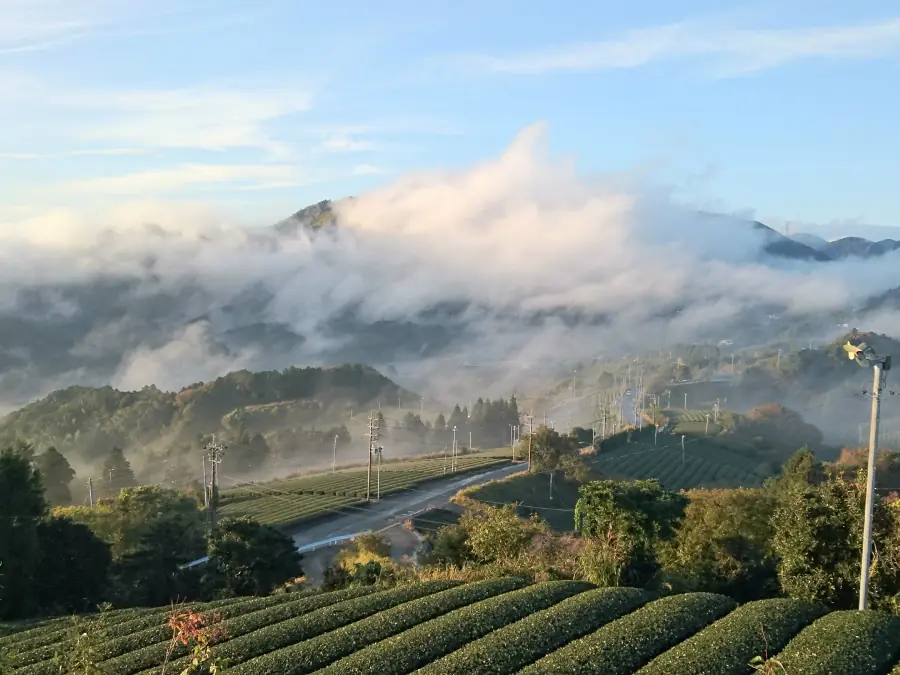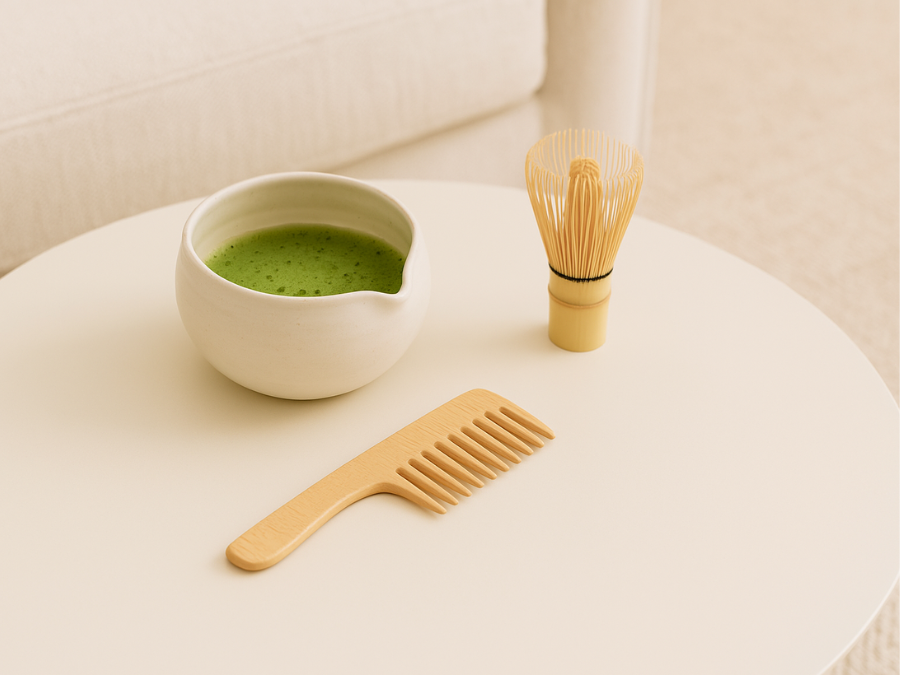If you are new to the world of the best matcha tea, the following article provides an introduction to the most important facts and information about the green wonder powder. We want to give you the necessary knowledge so that you can choose the right matcha tea for you after just a short time. You can find more in-depth posts on many areas.

1. what is matcha tea and how is it made?
Matcha comes from the Japanese (抹茶) and means ground tea. Matcha powder is made from a special green tea (tencha). Before harvesting, the tea plants are shaded for several weeks. This deprivation of light causes the chlorophyll and amino acid-production in the tea leaf is stimulated. This is how matcha tea develops its creamy texture and its sweet, mild and sweet character.
For the best matcha teas, only the top two leaves by hand harvestedbriefly steamed and then gently dried. This preserves the intense color and ingredients of the tencha. The stems and leaf veins are then removed to extract only the most tender parts of the leaf. These are slowly ground into an extremely fine powder on granite stone mills. Due to the slow grinding process only 30-40g of matcha are obtained per hour. This production, the laborious cultivation and the manual harvest explain the high price of the finest matcha teas.
Matcha has been cultivated and produced in Japan for several centuries. For some time now, it has also been attracting more and more attention in Europe and America. This is due to the complex ingredients and its unique taste.
You can find out more about this in the following section.

2 What's in a can of matcha tea?
As the whole leaf is consumed when drinking matcha tea, the powder contains a much higher nutrient content than other types of tea. In addition to a variety of vitamins (A, B1, B2, B6, C, E ) and minerals (copper, iron, potassium, zinc), Matcha is characterized by a particularly high value of L-theanine, caffeine and antioxidants from. The amino acid L-theanine has a relaxing effect on the body and helps to increase concentration. Caffeine has an invigorating effect and serves as an ideal pick-me-up in the morning. In contrast to the caffeine in coffee, it is less stimulating and the effect lasts much longer. With the highest known concentration of antioxidants, matcha tea puts all superfoods in the shade.
The effect of matcha on the body
Matcha tea is considered to be particularly healthy thanks to its wide range of ingredients, especially antioxidants, amino acids and vitamins. And indeed, the fine powder has a much higher nutrient density than conventional teas and many stimulating and necessary ingredients for our body. You can find out exactly which substances it contains here here.
The claim "Matcha tea is healthy" is therefore obvious, but due to the current EU Health Claims Regulation, we are cautious with such health claims and recommend that you decide for yourself whether the tea could be good for you or not based on the ingredients it contains.

The effect of matcha can only be as good as its quality
With the Buying cheap, poor quality matcha you often cannot be sure what is actually in the tin. It could be that the tea has been mixed with fillers or artificial colorings to reduce production costs and maximize profits. It is also possible that the intense green color that characterizes high-quality matcha is paler, as inferior matcha is often made from older tea leaves that have lost their vitality. In addition, the taste of low-quality matcha can be dull and bitter, in contrast to the sweet, umami-rich taste of high-quality matcha. The tea may also lose its health benefits, such as its high concentration of antioxidants and amino acids, which can lead to a variety of health benefits, including heart health and brain support.

Care should also be taken to ensure that the tea is laboratory tested and certified organic. Otherwise, the tea could potentially contain radiation or harmful pesticides. It is therefore important to pay attention to quality when buying matcha. A good matcha tea should no additives from young plants, fresh tea leaves and grown in Japan. Only then can you be sure that you will get the best out of your matcha tea and enjoy all the health benefits that this wonderful green tea has to offer.
At Matcha Karu you will only find organic-certified and laboratory-tested matcha varieties that are carefully selected and have a convincing taste.

3 What qualities and differences are there?
There is now a wide range of different matcha qualities on the market. The teas are often labeled with terms such as ceremonial, supreme, premium or even super premium in order to signal an exquisite quality. However, none of these terms are protected, which is why such designations have no meaning whatsoever.
The quality of a matcha tea is determined by the originthe cultivation and the processing determined. These factors influence the consistency, color, smell and taste of the finished product. A tea can be quickly assessed on the basis of these characteristics.
High-quality teas are characterized by a very fine, deep green powder with a mild, fruity and floral aroma, a complex, sweet taste and a creamy mouthfeel. You can find more information on the individual quality characteristics on the blog Matcha quality.

4. how do I prepare my matcha correctly?
Even though it may seem like preparing matcha tea properly is a laborious undertaking, it only takes few tricksto make a good tea. To get started, you need nothing more than a tin of matcha and a bamboo whisk (chasen) - even if you can do without many things at the beginning (matcha bowl, bamboo spoon, etc.), we advise against making tea without a whisk.
SpecificallyTo prepare, pour 1-2 grams of matcha powder through a fine sieve directly into a bowl. Then add a small dash of water. Now stir the liquid into a creamy, homogeneous paste. In the meantime, heat 70-90 ml water to 65-75°C - Never use boiling water, as this would damage the ingredients and the taste. Now add the water to the paste and stir the tea with the bamboo whisk. The whisk is moved through the bowl with quick W-shaped movements until there is no more residue and an even, firm foam has formed. You can find more tips for the correct preparation of matcha tea in the article Matcha tea the right way to prepare it.

5 What do I need to consider when buying matcha?
As already described above, there are great differences in the quality of matcha tea and therefore price differences. Although a price can serve as a first indicator for finding high-quality teas, unfortunately this cannot always be relied upon. There are black sheep on the market who exploit the ignorance of some customers and offer inferior quality at expensive prices. Therefore, when choosing the right matcha powder, it is important to find a trustworthy and transparent supplier who provides all the important information.
This includes information on originthe cultivation and the disclosure of test results regarding radioactive contamination. You should therefore not just rely on empty promises, but always demand the corresponding evidence.
Once you have found a suitable supplier, it is important to find out what your preferences are and which tea tastes best to you. It is very helpful here if the individual matcha varieties are described in detail and compared with each other. This way you can already make a pre-selection. Do you need more buying advice? In the blog post "Finding the right matcha - what you should look out for when buying matcha" you can find more information for your next matcha purchase.

6. what is the best way to enjoy my matcha?
Once you have found the right matcha, the best part begins: The enjoyment. The Japanese tea ceremony has a meditative, relaxing character and can be the highlight of the day. What preparation options are there for me?
Usucha and Koicha
Usucha and koicha are two traditional ways of preparing matcha. Usucha, also known as "thin tea", is made with more water and less matcha, while koicha, the "thick tea", is a more concentrated mixture of less water and more matcha. Both variants require a special technique and practice to make them perfect.
You need the right equipment to prepare matcha. A matcha whisk (chasen)a bamboo spoon and a tea bowl (Chawan) are essential for traditional preparation. With these utensils, you can stir the matcha perfectly and allow the full aroma to unfold. Matcha sets are also ideal for matcha beginners.
Matcha latte
A matcha latte is a delicious and healthy substitute for coffee. To make a matcha latte, you can prepare the matcha as usual and then add warm, frothy milk. You can find the exact recipe in our blog post 'Matcha latte - the creamy alternative to cappuccino'.

Cold matcha
Three cold alternatives for enjoying matcha on hot summer days are, for example: Iced Matcha Latte, a Matcha Nice Cream or a Matcha Lime Lemonade. The matcha from our Basic Line.

Whether you opt for a Matcha Latte, cold Matcha or the traditional Usucha and Koicha forms of preparation, enjoying Matcha is always a special experience.
So what are you waiting for? Just try it for yourself!




